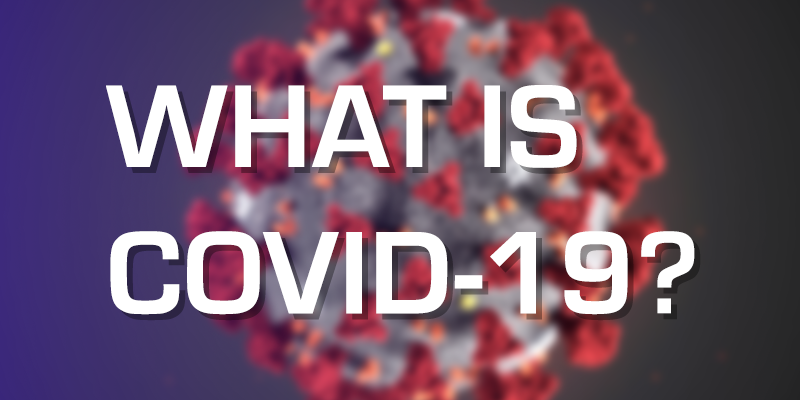Coronaviruses are a large family of viruses. Some cause illness in people and others cause illness in animals. Human coronaviruses are common and are typically associated with mild illnesses, similar to the common cold.
COVID-19 is a new disease that has not been previously identified in humans. Rarely, animal coronaviruses can infect people, and more rarely, these can then spread from person to person through close contact.
There have been 2 other specific coronaviruses that have spread from animals to humans and which have caused severe illness in humans. These are the:
- severe acute respiratory syndrome coronavirus (SARS CoV)
- Middle East respiratory syndrome coronavirus (MERS CoV)
Symptoms
Those who are infected with COVID-19 may have little to no symptoms. You may not know you have symptoms of COVID-19 because they are similar to a cold or flu.
Symptoms may take up to 14 days to appear after exposure to COVID-19. This is the longest known incubation period for this disease. We are currently investigating if the virus can be transmitted to others if someone is not showing symptoms. While experts believe that it is possible, it is considered less common.
Symptoms have included:
- cough
- fever
- difficulty breathing
- pneumonia in both lungs
In severe cases, infection can lead to death.
Prevention and Risk
Human coronaviruses cause infections of the nose, throat and lungs. They are most commonly spread from an infected person through:
- respiratory droplets generated when you cough or sneeze
- close, prolonged personal contact, such as touching or shaking hands
- touching something with the virus on it, then touching your mouth, nose or eyes before washing your hands
Current evidence suggests person-to-person spread is efficient when there is close contact.
